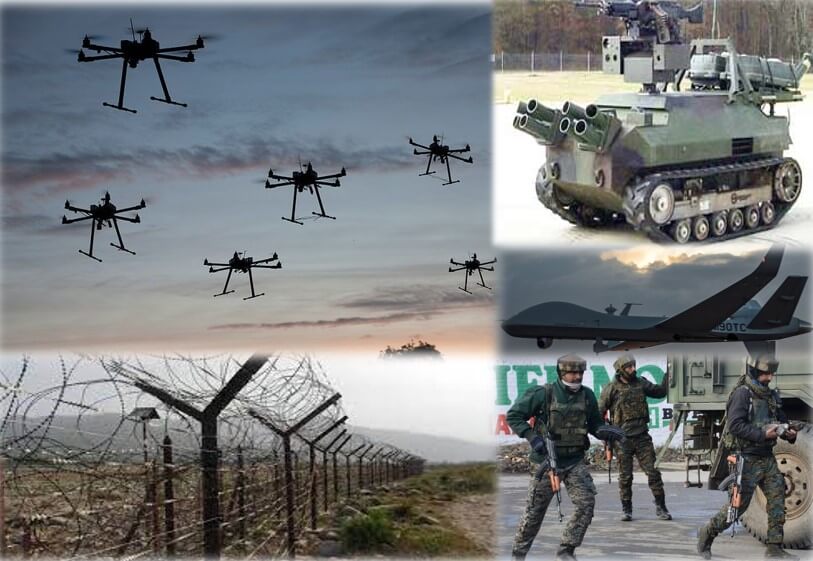
The Drone Threat : A Progressive Fit Into The Sub-Conventional Threat Matrix
Sun, 04 Jul 2021 | Reading Time: 8 minutes

Sub-Conventional operations which form such an essential part of Hybrid War are never static by nature. Terrorists and insurgents find equipment and methodologies which transform the very nature of conflict. In the last forty years of the Indian Armed Forces experience in such operations, change has been a part of the challenge. This essay describes some of the way points when such changes took place, and with that backdrop examines how path breaking is the arrival of drones in the sub-conventional environment of India
Since 26 Jun this year, everyone is an expert on drone warfare. In some ways this is transformation and a very positive one. Our citizens otherwise so poorly endowed with strategic culture, are suddenly offering solutions against the threat from the sky. The public is discussing it as a hot subject because till the other day they were only looking at small drones as vehicles for pizza delivery, movement of essential drugs to patients in emergency, traffic management and other means of logistics. Now they are referring to ‘swarming’, as a means of majorly threatening our internal security environment and creating fresh challenges.
Such public interest augurs well in terms of public-private partnerships in finding solutions against threats at national level, especially when the public and the scientific and business communities are all involved.
For those who have only negatives to offer on such issues, I wish to inform them that way back in 2008, while I served at the Army War College, I was pressured by enthusiastic junior officers with their personal research on drones. I helped a few by putting them across to the DRDO and the higher echelons of the service. We have never been tardy in our involvement for solutions; it is just that the partnerships have never been robust and committed.
I may admit that this is not the first time that we have faced serious threats in the sub-conventional domain. It’s just that we in the Armed Forces too never sufficiently shared our concerns with other stakeholders, preferring many times to clutch the issues close to our chest.
I intend to trace a path of milestone changes through the last forty years in technology or tactics, which anti-national elements brought to bear against us and how the nature of conflict changed along with our successes and failures. My sentiment attached to the exercise I am indulging in is purely from the angle that solutions to threats need not come from the Armed Forces themselves, but actually many times from enthusiasts in the public, academics (who are incorrectly branded as insufficiently practical and suffering lack of field experience – actually a sacrilege), technicians and business people.
I distinctly remember how in 1987, the Indian Army’s famous and proud Infantry units were suddenly ground to a halt, during their march into Jaffna from the Palaly airfield.
In all our conventional training for ‘advance to contact’, no one had contemplated the use of Improvised Explosive Devices (IEDs) which could spring the multi-ton turret of a T-72 tank, a good 20 metres. A varying quantum of explosive, in a plastic jerrican placed under the tarmac, by burrowing rather than digging and triggered simply by the joining of two wires, by a ten-year-old kid from a distance of 100 metres, could achieve the unthinkable against our vehicles and personnel. Terms such as the ‘Imran switch’ and ‘Johnny mine’ became a part of the lexicon.
Graveyards of Shaktiman vehicles had to be created, remaining humiliating reminders of our helplessness against the IED. The LTTE innovated brilliantly and severely affected our logistics forcing thousands of troops on road protection duties, when they should have been hunting down the LTTE. The ROPs themselves remained vulnerable to mines and ambushes. By the time the Army returned from Sri Lanka in March 1990, it was richer in experience of avoiding IEDs, but not in neutralizing them. A full expeditionary sub conventional campaign was severely hampered by crude improvisation.
The usage of IEDs skipped the Punjab sub conventional campaign but entered J&K quite early. By the mid nineties it had gained traction and local trained ‘IED doctors’ were much in demand; those who could safely fabricate an IED or a bomb using a cycle or a lunch box or anything innocuous. Use of these against our convoys became rife.
An attempt at creating an IED neutralizer was made by the Army’s Base Workshop in Udhampur leading to development of ‘Ashi’. It was surprising that no effort to find a researched solution with help of scientific institutions was ever made, or if made was never enthusiastically followed up; Indian Institutes of Technology are today playing a more active role in defence technology.
The yawning gap in then, in the sense of responsibility to find a solution, between the Army and the scientific community was indeed shocking. As the triggering systems changed to mobile phone technology, area neutralizers were procured as also local ones for initiating an IED ahead of a convoy; jammers thus made their way into all convoys. Despite these we had losses to IEDs and the situation would have worsened much more, if the enthusiasm for car bombs had not taken a beating in Kashmir.
Surprisingly, two incidents of car bombs in 2001, one in 2004, followed by the Pulwama car bomb attack in 2019, are all that stand in the history of car bomb attacks, so unlike Iraq and Afghanistan. Suicide bombing was not the Kashmiri terrorist’s domain. Workable technological solutions against the car bomb are yet to be found and the threat remains a viable one. In the Red Corridor, no counter to the IED is yet to be found either. The Mine Protected Vehicle (MPV) provides limited protection in a passive way but nothing beyond.
Before the turn of the millennium and at the height of Kargil operations the entire threat pattern in J&K underwent change. The suicide attacker (as against a bomber), armed to the teeth but not wired with explosives, made his way into the threat spectrum. Single entry gates, low/no boundary walls or obstacles around camps and little or no lighting at the periphery, led to clandestine entry and even attempts at ramming into such billets. There were one or two such incidents every week, and the Army and BSF too suffered large scale casualties. The so called ‘fedayeen’ exploited every chink in the Army’s security which included its physical security assets and its levels of awareness and training. It forced us on the defensive for rather long.
Solutions were found, intelligence was improved and security assets were created. However, nothing was foolproof as was proved by the Uri sneak attack in 2016, through a protection system which I had personally demanded to be upgraded for that garrison; it never received attention due to low priority. That will remain the bane of the system against drones too; the lack of financial resources to give counter measures a larger spread.
In 2003 an innovation on the part of the Army (not terrorists or sponsors), proved a game changer. The Army’s problem was infiltration and placing huge manpower resources to counter it was proving too expensive and impractical. A Rupees 1100 Crores project of fencing almost the entire 750 kilometres LoC was conceived and completed in a record time of 15 months, by July 2004. The fence became an Anti-Infiltration Obstacle System (AIOS) and its ownership was taken by one and all.
It altered the entire mathematics of terrorism in J&K, year by year reducing the number of terrorists operating in the hinterland. The AIOS was supported by industry at an early stage and remains a fairly successful system although it is yet not foolproof despite the use of sensors and other warning systems.
In 2008, the proxy hybrid war managers very intelligently changed tack. Hit by reduced numbers in the hinterland due to the success of the AIOS, they decided to widen the scope of the movement and involve the public (including women and children) in a street-oriented demonstration style agitation. It shortly got to be termed as ‘agitational terror’.
This changed strategy of activated streets shook the Army, although the bulk of it was handled by the CRPF and the J&K Police and very efficiently too. It took almost 11 years before it could be effectively neutralized by the incarceration of the separatist leadership, control over terror finances and breaking up of several over ground worker (OGW) networks. The decision to strongly implement the 5 Aug 2019 provisions, saw the end of agitational terror. Vacillation over all these years had kept this threat alive.
If anything drastically changed terrorist capability and efficiency in the pursuit of their dastardly aims, it was the arrival in J&K of mobile communication technology, mobile internet and social media, all within a short period of about three years, from 2008 to 2011. It enabled direct communication without the vulnerable radio mode. It became much easier for terrorists to coordinate, conduct training, discussion and also mass messaging.
Keeping alive a movement, promoting radicalization and propaganda, as followed by Burhan Wani and his cohorts, became possible. Even a ban on mobile internet could be circumvented through the Black Net. The battle of technology versus counter technology has remained in place as far as communication is concerned.
It is the proxy hybrid war managers who have been proficient at mass communication, and the Army has been unable to harness the backing of the entire nation and government in ‘an all of government’ approach. This is a grey area which has allowed modern day communication tools to rule the roost. There is a dire need for civilian information warriors, a practice adopted in most countries. The government has done well in the field of Covid communication strategy; some of those needs to be applied here.
The see-saw battle between effectiveness and non-effectiveness whenever new technologies and innovative threats have manifested, has been the story of the last 40 years. So, as the drone appears on the horizon as an apparent game changer, there will be ‘give some and take some’ in the effectiveness of counter measures.
The Army’s focus thus far has been primarily in the border areas and focused more on conventional threats. The switch of focus to the sub-conventional is not difficult. However, what is really required is a quicker, more focused interaction between industry, scientific community, vendors and the Armed Forces. Some of the technologies are available with them.
Drone technology will continue to grow, especially with more power and lift capacity with small quad and hexacopter drones. Strapping weapon loads on these will not be problematic, but making effective rammer IEDs may suffer the ills that IED makers faced – the absence of IED or ‘drone doctors’.
Low flight trajectories make their detection technically difficult which leaves very little time for response once acquired visually. Ultimately some form of electromagnetic pulse (EMP) for area coverage of important vulnerable areas and points will be needed to neutralize the electronic systems within the drones.
What is important is the speed at which the anti-national elements and the proxy controllers will take their technology demonstration at Jammu to a more lethal level of focused targeting with precision. The geopolitical environment may place some limitations although this too is not necessary since these elements thrive on maverick decisions. Our technologies and training to match the speed of developing threats may not be sufficient because the whole nation remains vulnerable.
These threats need not emanate from across the border, but through proxy means from within; that remains the biggest challenge. Just like many times in the past, when full neutralization was not possible, our intent must remain the limitation of impact and outcomes of the threat. There remains no shortcut to awareness, rapid paced development of technologies including acquisition from abroad by the fastest means, developing doctrines, conducting training and evolving best practices.
The bottom line yet remains the development of such resources and means of effectiveness, for offensive use against the sponsors of proxy war, so that it acts as a deterrence against the targeting of any asset on our territory, directly or by proxy.
************************************************************************************************************
Author

Lt Gen Syed Ata Hasnain (Retd), PVSM, UYSM, AVSM, SM, VSM* former Commander of Indian Army’s Srinagar Corps, focuses on trans-national and internal conflicts in Asia and the Middle East with particular emphasis on issues revolving around Radical Islam. He is the Chancellor of Central University of Kashmir and speaks extensively at Indian and international institutions on a wide variety of subjects revolving around strategic affairs and leadership.
Disclaimer
The opinions expressed in this article are the author’s own and do not reflect the views of Chanakya Forum. All information provided in this article including timeliness, completeness, accuracy, suitability or validity of information referenced therein, is the sole responsibility of the author. www.chanakyaforum.com does not assume any responsibility for the same.
Chanakya Forum is now on . Click here to join our channel (@ChanakyaForum) and stay updated with the latest headlines and articles.
Important
We work round the clock to bring you the finest articles and updates from around the world. There is a team that works tirelessly to ensure that you have a seamless reading experience. But all this costs money. Please support us so that we keep doing what we do best. Happy Reading
Support Us






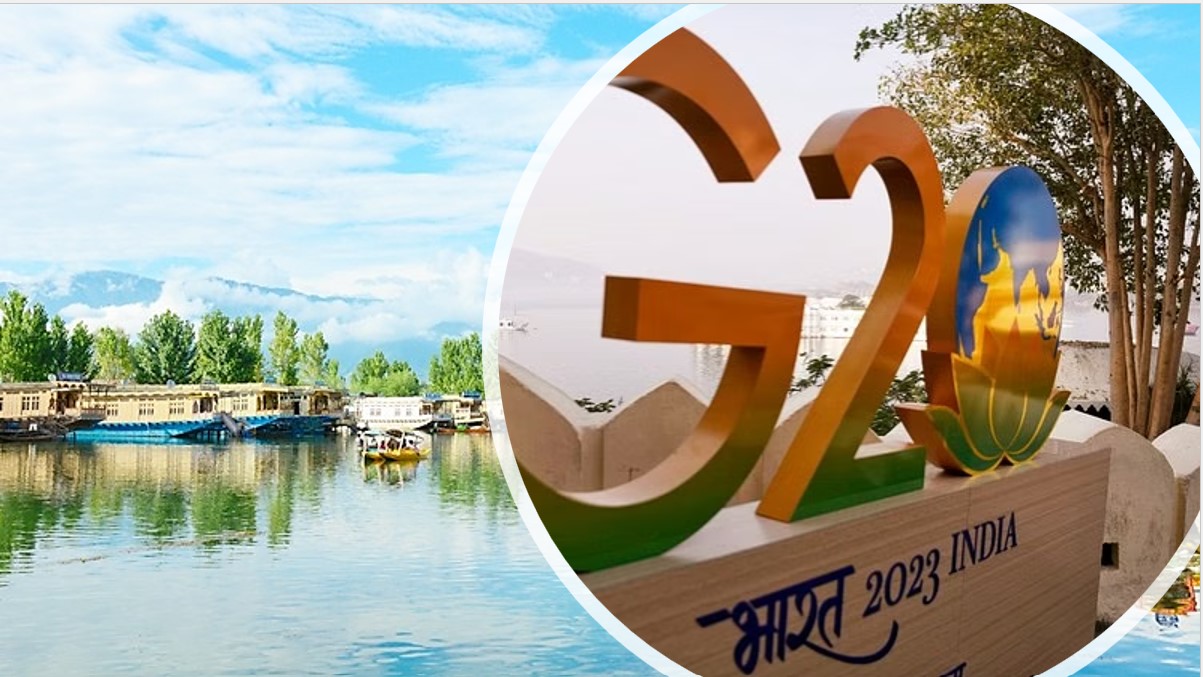
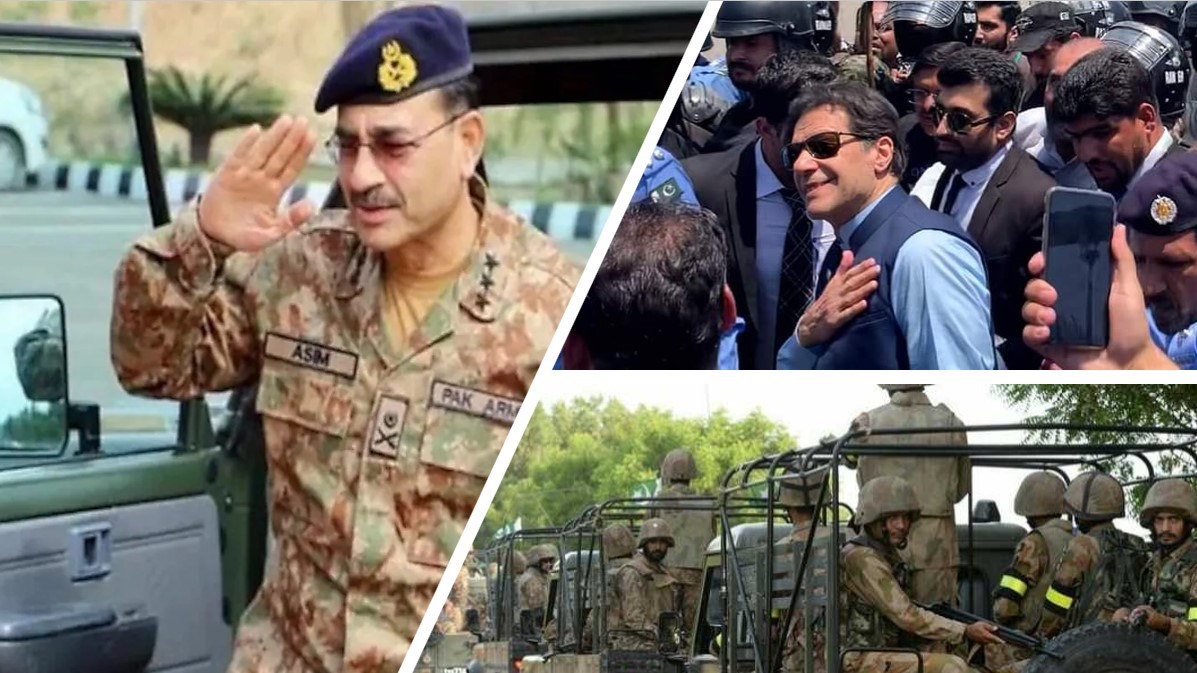
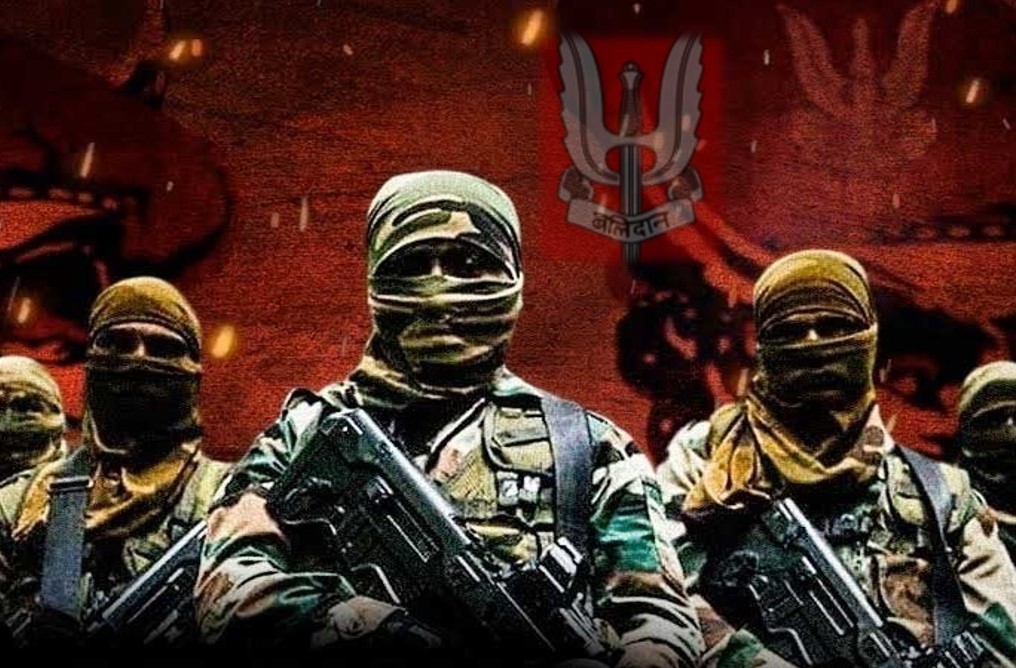
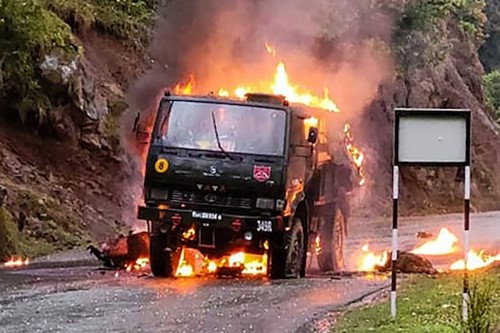
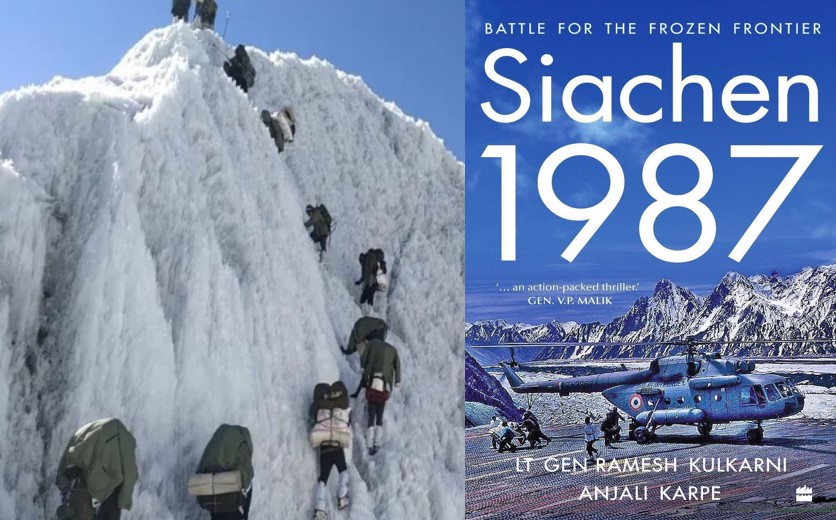
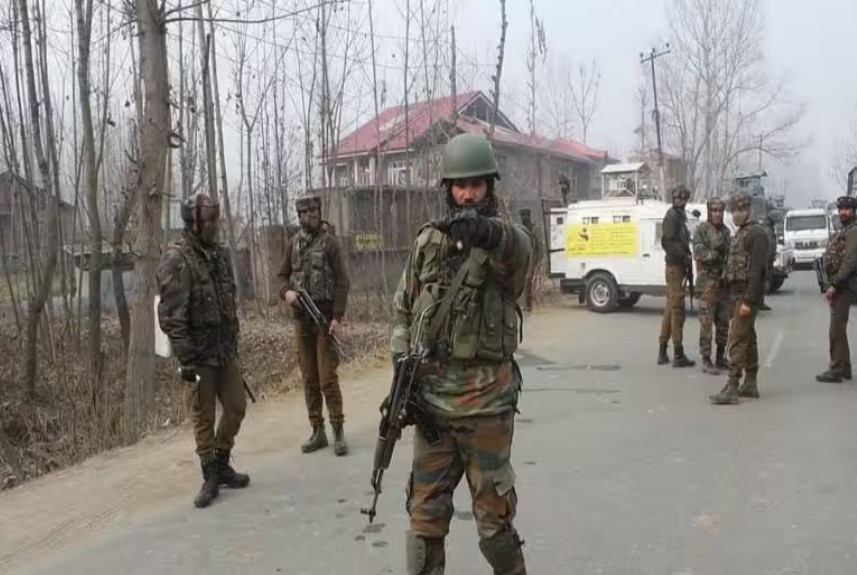
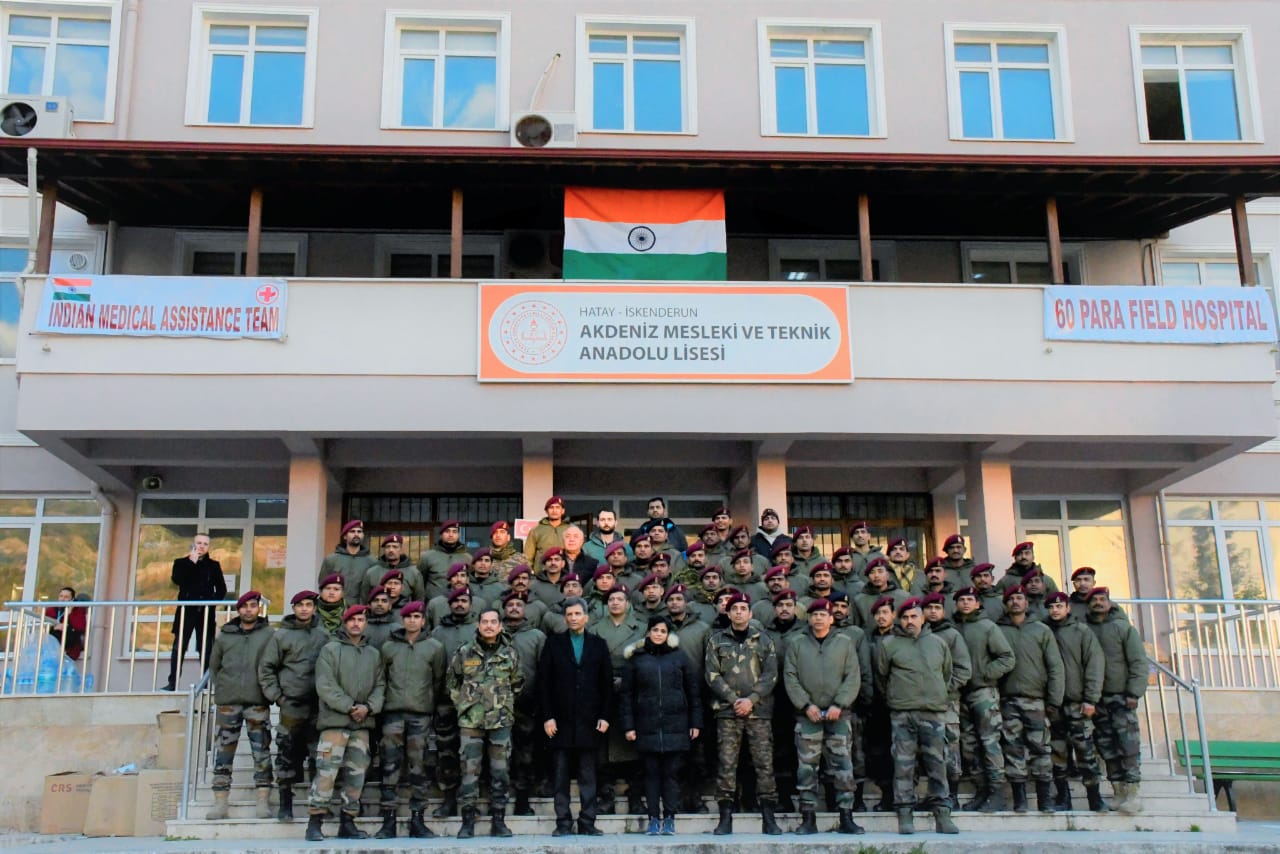







POST COMMENTS (7)
pv. shivakumar
vinay menon
M K Mall
MADHU S
BHAVIL GOYAL
palaksh sharma
ankit Singh